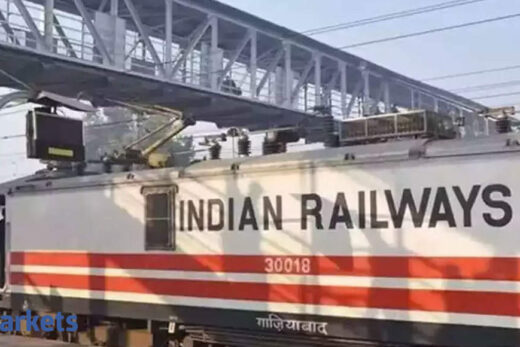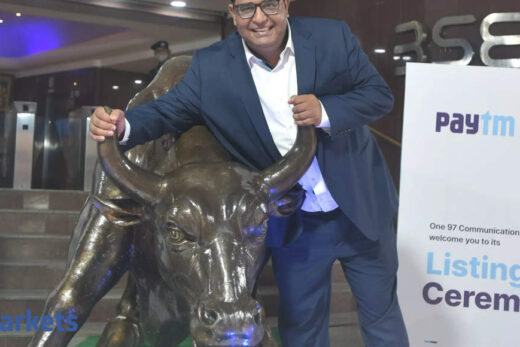This must be a historic day for KIMS. How do you feel after getting listed on the bourses?
It is very exciting, not only for us but also for the investors, for people who placed their trust in us.
Did you envision this day would come when you started the company?
Initially when we started the company, we never worried about valuations and other things. Our only aim at that time was to provide quality affordable care. There will be three stakeholders in the company — the patients, the human resources and the investors. I should be able to satisfy all of them without any compromise. That was the motto. Of late, people are talking about valuations. Our main thing is not to earn valuation, it is to provide good quality affordable care to patients and take care of my professionals.
Our journey has been over the last two decades. In the last one decade, we were talking about these valuations. If I take money from someone, I should be able to give a good return on investment and also balance without compromising my initial vision of affordable quality care.
Can you talk more about the company?
We started with 1,000 beds in three different regions of Andhra Pradesh — in north, south and west. We understood the mindset of the public, the patients and the culture of those regions and also the doctors. In the second decade, we created another 2,000 beds in the same region. The brand penetrated the nooks and crannies of the entire state and that is where we are generating the volumes. Our biggest strengths are quality care and multispecialty so that the patients get the maximum treatment in a very short time.
Secondly, we are affordable. That allows us to generate more and more volumes of patients.
The third important strength is the doctors’ equity. Doctors should also make money along without compromising. So, they are the equity partners and they have stayed for a long period of time. 80% of the doctors have been there since inception.
The fourth important thing is operational efficiency and judicious deployment of capex. That is the most important thing because if the balance sheet is good, then we can expand more. Also, we will be able to identify the right place and the right time and experience organic as well as inorganic growth.
What are the strengths of the company, what has been the CAGR like?
In the last two decades since we started, we have been continuously growing around 18-20% CAGR. By organic and as well as inorganic growth and moving forward, we have planned in such a way that we should be able to continue our journey in the next one or two decades at the same pace. Identifying the right place and identifying the right talent is most important and then there is the requirement of capex .
We concentrate on these three aspects. Whether it is organic or inorganic growth, we do not do things just for the sake of business to increase. We have achieved 18% to 20% CAGR. Moving forward, we are looking for 15-20% CAGR year on year but we will continue to show the same trajectory that we had shown in the last two decades .
Do you think that healthcare spend per person will increase from here on?
Basically, healthcare has got a lot of potential because still a lot more beds are required in this country. We are also going to need a lot more ICU beds. Most of the people were spending out of their own pockets. Individuals are now moving towards paying health insurance premium and also state and central governments have come out with projects like Ayushman Bharat. I see a future driven by insurance. So, on one side, affordability is increasing; secondly. the government is coming forward with Ayushman Bharat and that is helping a wider spectrum of people and the middle and lower middle class people also are turning towards insurance. As more people get insured, there will be need for a lot of hospital beds to be created. There is great opportunity in this country.



